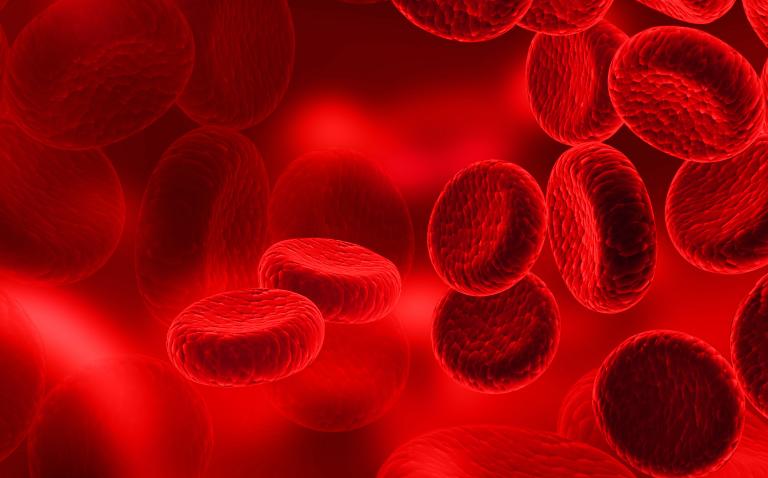An average of one in five haematological cancer patients suffer blood clots or bleeding, according to new Danish research that aims to help direct focus towards this serious complication.
Kasper Adelborg, a medical doctor and PhD from Aarhus University and Aarhus University Hospital, studied the cases of 32,000 haematological cancer patients between the years 2000 and 2013. Haematological cancer includes leukaemia, bone marrow cancer and cancers of the lymph nodes.
“This is a broad group of patients with very different disease experiences depending on the type of haematological cancer. Some patients have a particular risk of suffering blood clots, while others have instead a higher risk of bleeding such as, for example, gastrointestinal bleeding,” says Adelborg, before stating that the new knowledge can be used for even better prevention and individualised treatment:
“If a person has a high risk of suffering a blood clot, treatment with anticoagulant medicine can benefit some patients. But anticoagulant medicine is not desirable if the risk of suffering bleeding is higher. This is a difficult clinical problem, but our study can set goals for what carries most weight for each individual type of cancer,” he says.
One example is the disease myelodysplastic syndrome (MDS). Here the study showed that the risk of bleeding within ten years was approximately 15%, while the risk of suffering a blood prop was lower.
“This means that doctors who help these patients should be aware that they have a high risk of bleeding and should therefore not prescribe too much anticoagulant medicine,” says Adelborg.
He adds that with each individual patient there is still a need to weigh up the overall risk of a blood prop and bleeding, which includes taking into account the patient’s age, medical history, other diseases, lifestyle etc. before choosing a treatment.
The study, which has been published in the Journal of Thrombosis and Haemostasis, corroborates previous studies, though researchers have not previously looked at the entire group of haematological cancer patients together – and neither were there any studies covering so many years. Additionally, previous studies have either focused solely on blood clots or bleeding.
Adelborg emphasises that there are major differences in the prognoses for the different patient groups. For example. only a few children develop a blood prop or suffer bleeding in the years after suffering from leukaemia, while far more patients with, for example, bone marrow cancer develop blood props and/or bleeding.
“The potential for prevention is particularly large in the latter group,” he says.
In relation to the population as a whole, the study shows the heightened risk for haematological cancer patients:
- Blood clot in the heart: 40% higher
- Blood clot in the brain: 20% higher
- Blood clot in the legs and lungs: over 300% higher
- Bleeding: 200% higher.










